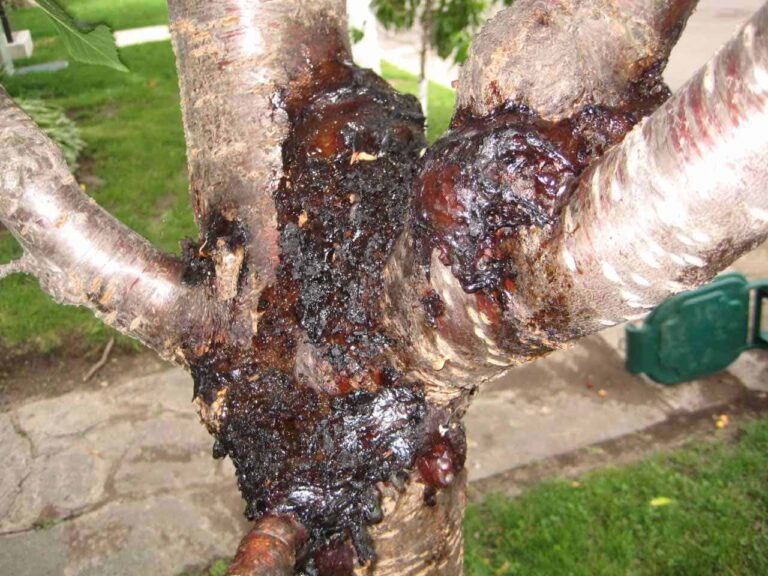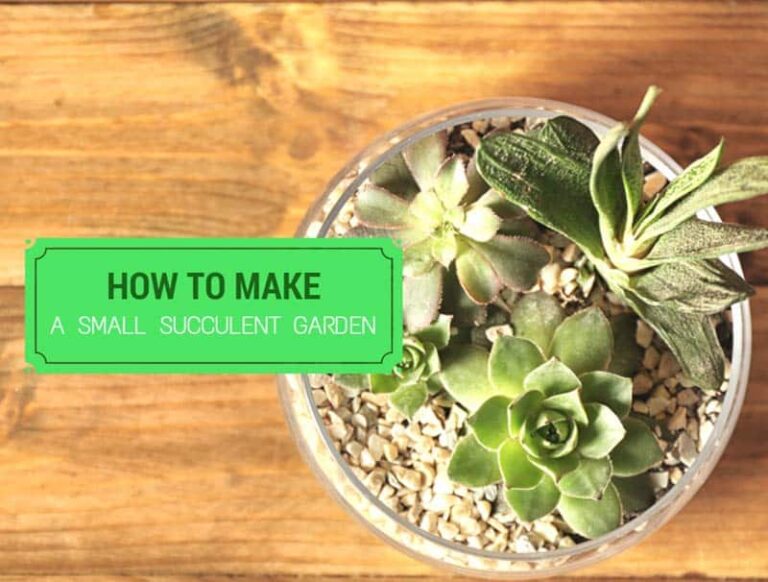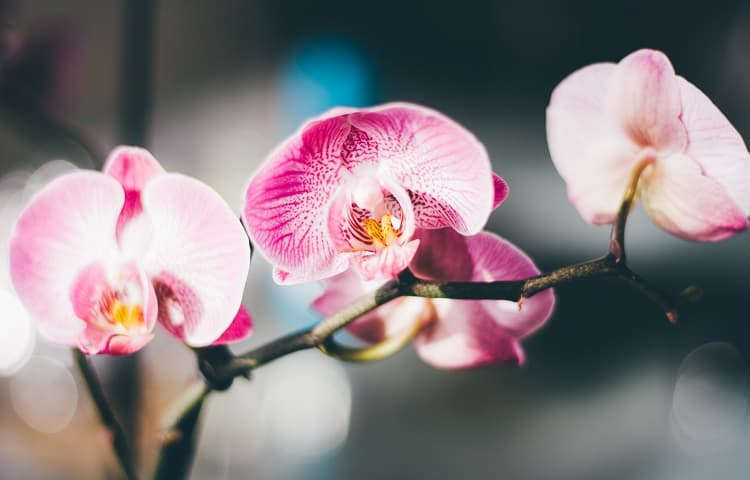How to Perform Proper Dragon Tree Care
Dracaena Marginata, the Dragon Tree, certainly has a fearsome name. For a good reason—these plants are sturdy, drought-tolerant, and an awe-inspiring sight to see when fully grown. Even with a minimum amount of care, most Dragon Tree specimens will likely grow to be fairly healthy. The terrifying moniker, however, belies the fact that this vulnerable species requires dedicated care from its owners to achieve its full potential, as several pests and diseases can prey upon this tree, and conditions outside of its norms can cause it considerable harm.
Dragon Tree Facts
Dragon Trees, affectionately referred to as Rainbow Plants, are slender, with a thin trunk that branches into multiple stalks. These have a tendency to grow wild, so you’ll have to train them to point upwards and keep your tree looking orderly. The bark is usually brown or gray, and the trunk will grow to a few inches in width.
The leaves of the Dragon tree are long and slender, arching in various directions (unless you prune them diligently). Leaves come in several color varieties. Red with a green center, green with red/yellow stripes, and red with a yellow center.
If you maintain Dragon Tree properly, it will retain a slim profile, using up only minimal floor space, and growing to an impressive 8 feet in height. Their look and size make them ideal indoor plants, commonly featured in offices and homes across the country.
These are hearty plants, able to grow in low light and broad temperature variations (though not extremely cold climates). They are capable of some limited air filtration, removing chemicals like formaldehyde from the air. Since the Dragon Tree will be helping you keep your indoor air clean, it’s best not to abuse it. Let’s look at the myriad ways you can keep this plant in tip-top shape.
Planting Dragon Trees
The first rule of growing Dragon Trees is patience. These are slow growers, so you’ll have to invest a deal of time to see them reach their maximum size. By some estimates, it takes about ten years for them to reach their first five feet.
Your Dragon Tree will need ample but indirect sunlight. Too little light will cause the leaves to turn pale, but too much direct light will cause brown spots to appear on them. Outdoors, you should plant Dragon Trees in the shade to protect it from the sun. Indoors, leave them close to your East or West windows, or a few feet away from your South windows.
You should also make sure the location you select for your Dragon tree isn’t too cold. Sudden drops in temperature will cause the leaves to fall off the tree. Dragon Trees do best in an area that is between 65-75 degrees Fahrenheit.
You won’t need a gigantic pot to plant this tree at first, but you will need the right kind of soil. Loose, well-drained potting mix should do the trick. It should also have low amounts of perlite and well-balanced pH between 6.0-6.5. Pack it into your pot and water your dragon plant well. Don’t go overboard, though; you’ll kill the Dragon Plant with too much water. Only water the plant when you know the top inch of soil is dry, and drain excess water from the bottom of the pot.
Use small amounts of fertilizer to feed the plant. In the spring and summer, fertilize every two weeks. In the fall and winter, fertilize monthly. Avoid the superphosphate fertilizer. Instead, use a slow-release all-purpose fertilizer and water the plant after feeding. You’re well on your way to growing your plant. Now let’s learn about how to care for your Dragon Tree as it matures.
Caring For A Dragon Tree
Dragon Tree care requires you to be cognizant of several factors. The first is keeping those leaves and stems under control. You’ll have to prune the plant sanitized shears. Cut down oversized canes to the height you want. Remove dead foliage regularly. This will allow you to keep the tree from becoming spindly and unbalanced.
You’ll have to keep the humidity high if you want your tree to grow right. You can achieve this naturally by placing your Dragon Tree in the bathroom or laundry room. If these areas of your home are too small or don’t let in enough light, though, you could also place your plant in a more open space, using a humidifier to keep the air moisture levels high enough.
Alternatively, you can periodically mist the leaves of your Dragon Tree, which will also help keep various pests at bay. Dragon Trees are a prime mean for Thrips and mites, so you might also try horticultural oils or insecticides to rid yourself of these miscreants before they can damage your plant.
Dragon Trees are also susceptible to several diseases, particularly leaf spot diseases. They occur when the environment gets too warm and wet. To help mitigate this issue, avoid watering your plant from overhead. When you detect the signs of leaf spot disease, excise the infected foliage so that it cannot spread to the rest of the tree.
Lastly, watch for fluoride levels. Too much fluoride can kill a Dragon Tree quickly, and you’ll see the signs in the form of scorched-looking leaves that have turned an ugly brown color. You can counteract fluoride buildup by using the right soil (which we covered earlier) and not overfeeding your Dragon Tree.
Additional Care Requirements
Congratulations, Dragon Tree owner. Following these steps will help maintain its health. Remember these tips to get a leg up when growing your new houseplant:
Dragon Trees like the light, but too much direct light is damaging. Keep them away from the windows.
Use the right soil to avoid excess fluoride. Keep the soil moist, but don’t overwater it (you’ll need less in the winter). Watch the leaves to monitor your tree’s health.
Humidity and temperature are important, but you shouldn’t let either get to high. Excess levels will cause leaf spots. Ideal temperature for Dragon Trees is 65-75 degrees.
Prune your Dragon Tree regularly to keep it from growing wild. A well-maintained tree will grow upright and use up only a small amount of floor space.
Photo By Dinesh Valke Licensed Under CC BY-SA 2.0
Read Also: Tillandsia Caput Medusae Care and Fairy Garden Ideas



